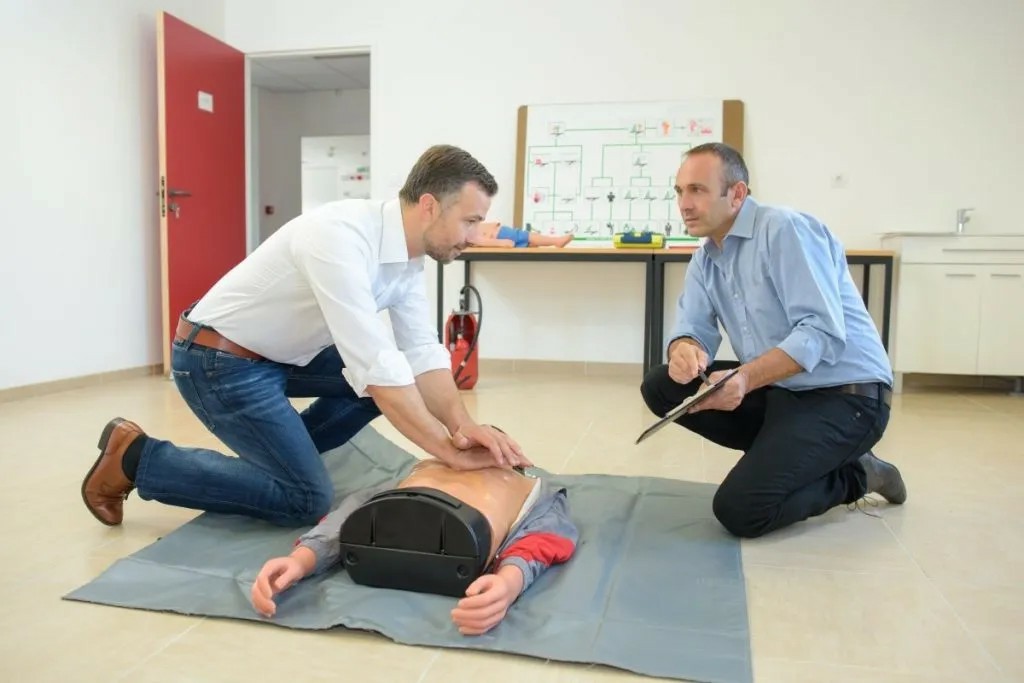


 349,500 Offered Certificates
349,500 Offered Certificates
 24/7 Online Training
24/7 Online Training
 Money Back Guarantee
Money Back Guarantee
 Fully Accredited Courses
Fully Accredited Courses

Created at: 25-02-2025 13:54
In today's dynamic work environments, accidents can happen at any moment. The importance of First Aid training and CPR certification cannot be overstated, as they empower employees to respond effectively to emergencies. This blog explores the myriad benefits of implementing comprehensive first aid training in your organization, emphasizing workplace safety, regulatory compliance, and enhanced employee confidence.
Every workplace faces inherent risks that can lead to potential injuries or medical emergencies. Investing in First Aid training is not just beneficial; it's essential. Here are some compelling reasons to prioritize it:
Understanding basic first aid skills is a vital aspect of workplace preparedness. Key competencies that should be taught in a Basic First Aid Course include:
Cardiopulmonary Resuscitation (CPR) is a critical skill that can make the difference between life and death in medical emergencies, especially in workplace settings. When performed correctly, CPR maintains blood circulation and oxygenation, allowing vital organs to continue functioning until professional help arrives. Training in CPR techniques is a vital component of any workplace first aid program.
Many regions have strict regulations outlining workplace health & safety requirements, including the necessity for first aid training. Compliance with these regulations is not only a legal obligation but also a moral one, ensuring that employees are safe at work. By providing Emergency First Aid Training, employers can:
Achieving First Aid Certification not only ensures compliance but also brings numerous benefits:
Addressing a medical emergency effectively requires decisive action. Here’s a general guide to follow during an emergency:
With the rise of online learning, employers can choose between online First Aid courses and traditional in-person training. Each format has its benefits:
As a business owner, HR manager, or safety officer, your most significant investment is your employees. Take the initiative to enhance your workplace's safety today by enrolling your team in a certified First Aid & CPR training course. Empower your employees with life-saving skills that can transform how your organization responds to emergencies.
For more information or to enroll, contact us at [email protected] or visit our Emergency First Aid at Workplace page.